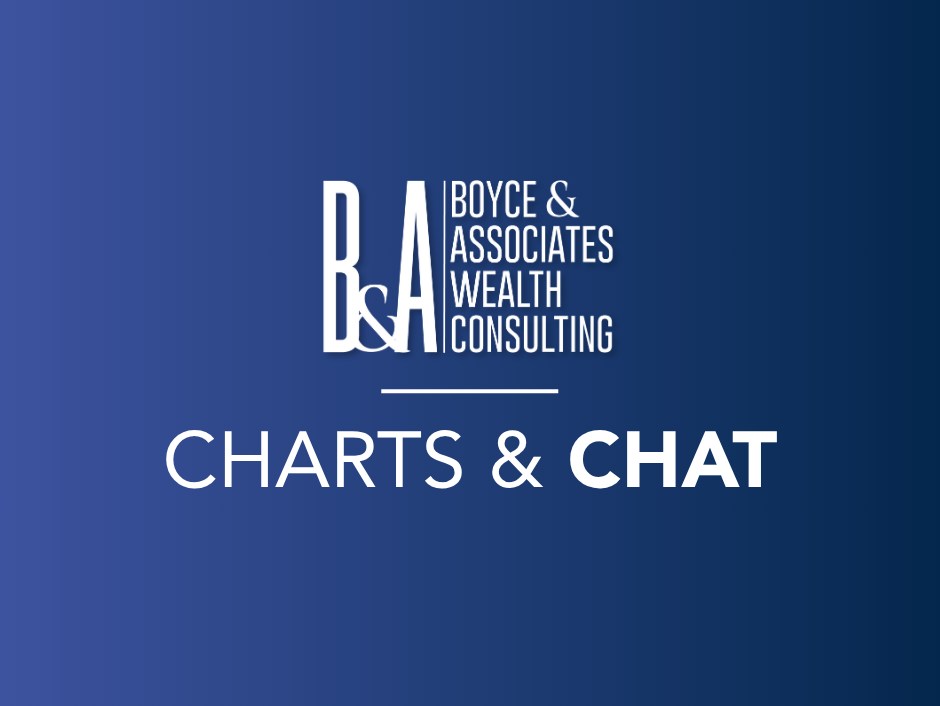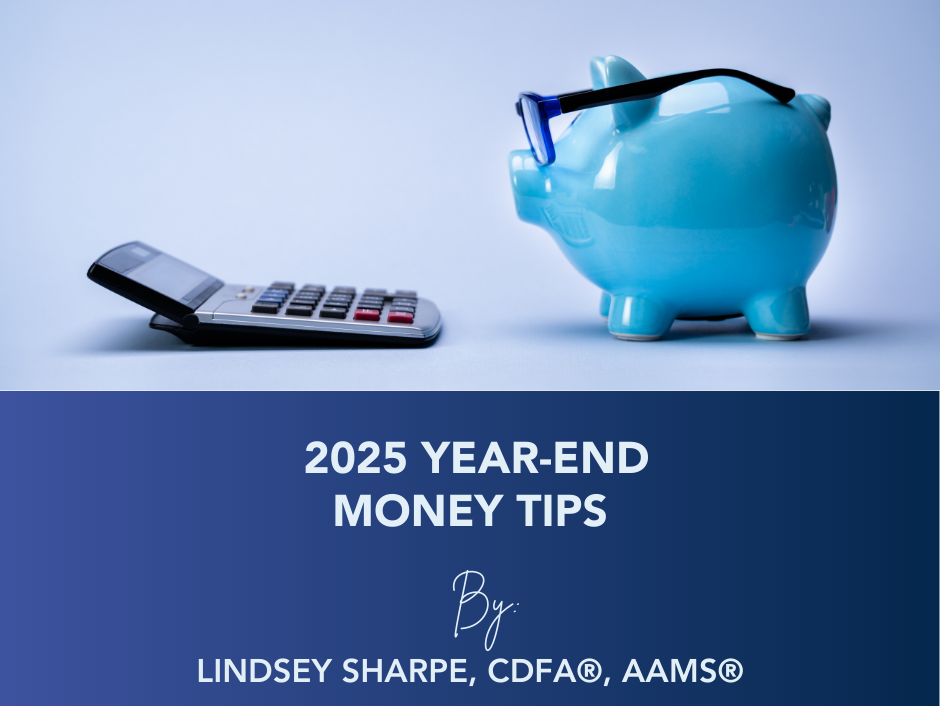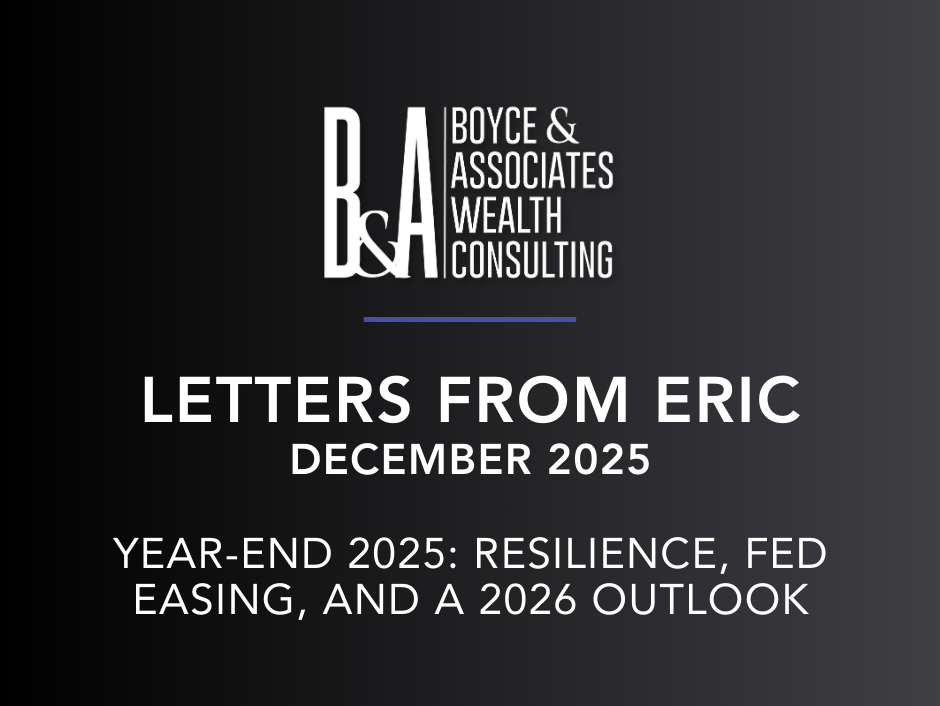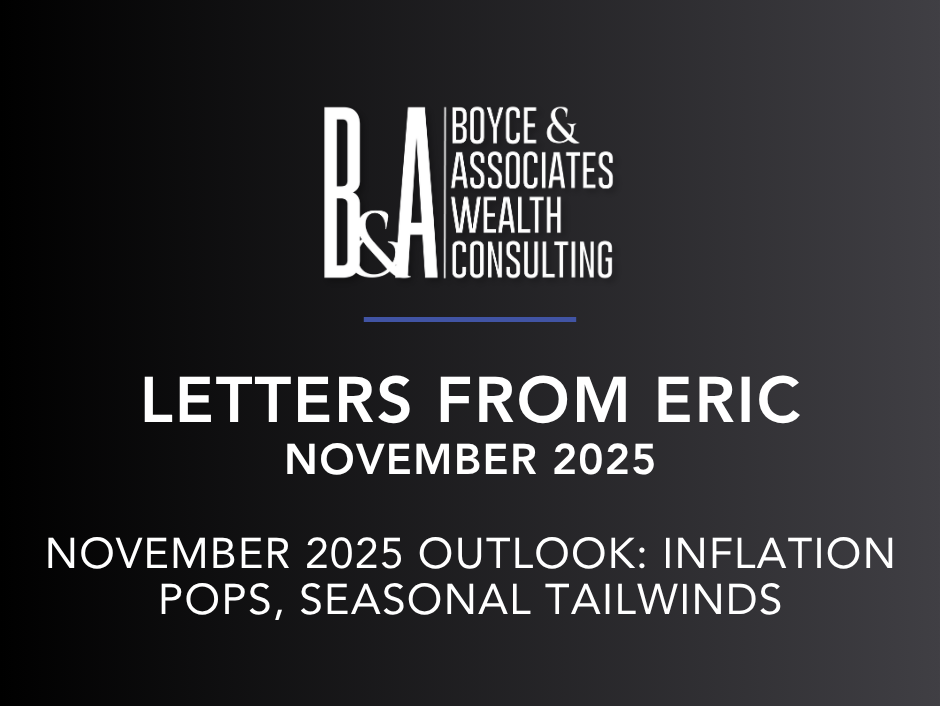What You Need To Know Before Hiring A Professional To Invest For You
Hiring someone to invest on your behalf is a decision with long-term implications for your financial confidence. It goes beyond seeking higher returns; it’s aligning your investment strategy with your specific goals, risk tolerance, and time horizon. Yet, many individuals enter this process with unclear expectations or an incomplete understanding of what a professional investor actually provides.
According to research, such as The Women’s Guide to Successful Investing, clients often face challenges evaluating competence, navigating fees, and identifying real value. Without clear criteria, it’s easy to overpay or choose someone based on sales ability rather than fiduciary responsibility.
This guide is designed to provide a practical framework for determining whether hiring a professional is the right choice for your situation. It will help you ask better questions, challenge common assumptions, and decide with confidence.
1. Know What a Professional Investor Actually Does
Hiring a professional to invest your money doesn’t just mean handing it over to someone who picks stocks. A competent investment professional is responsible for managing your money in a manner that aligns with your financial goals, risk tolerance, and time horizon.
Their job often includes:
- Building a diversified portfolio based on your personal situation
- Rebalancing investments when markets shift or your life changes
- Managing risk to help preserve your money in both good and bad markets
- Improving tax efficiency through strategies like asset location or tax-loss harvesting
- Providing guidance during market downturns to help you avoid emotional decisions
In short, they’re helping you build a plan, not just a portfolio. If someone focuses only on beating the market without understanding your needs, that’s a red flag.
Rebalancing Disclosure
Rebalancing/Reallocating can entail transaction costs and tax consequences that should be considered when determining a rebalancing/reallocation strategy.
Diversification Disclosure
Diversification does not guarantee a profit or protect against a loss in a declining market. It is a method used to help manage investment risk.
2. Get Clear on Your Goals and Timeline Before You Talk to Anyone
Before hiring someone to manage your investments, you need to be clear on what you’re trying to achieve. This involves defining your financial goals and establishing a timeline for achieving them.
Ask yourself:
- When do I want to retire?
- Will I need to support children or aging parents?
- Do I want to buy property or start a business?
- How much risk am I willing to take to reach these goals?
Goals give direction; timelines give structure. If you're unsure about either, focus on that aspect before seeking outside help.
3. Understand the “10/5/3 Rule” and What Returns You Can Reasonably Expect
The “10/5/3 Rule” is a simple way to set realistic expectations for investment returns:
- 10% average return for stocks
- 5% for bonds
- 3% for cash or cash-equivalent assets
These are long-term historical averages, not guarantees. Actual returns will vary year to year, sometimes widely. But the rule is helpful because it helps you frame what’s realistic over time.
For example, if you have $2 million invested in a balanced portfolio and plan to withdraw 4% annually (or $80,000), the 10/5/3 rule suggests that this strategy could be sustainable, especially in a lower-cost area like Texas, where income stretches further.
The key point: If your expectations are too high, you might take unnecessary risks. If they’re too low, you might miss opportunities. A good investment professional helps you find the right balance.
4. Evaluate Advisors Using the 3 C’s: Competence, Compensation, and Chemistry
When selecting someone to manage your investments, consider three key factors: competence, compensation, and chemistry.
- Competence means they possess the necessary knowledge and experience to manage your finances effectively. Look for certifications like CFP® (Certified Financial Planner) or CFA® (Chartered Financial Analyst), and ask how they make investment decisions. Do they use a clear process? Have they worked with individuals in a similar situation before?
- Compensation reveals how they are compensated, and it influences the advice they provide. Fee-only managers get paid a flat fee or a percentage of your assets, while others earn commissions from selling financial products. Always ask for full transparency. A professional should explain their fees in plain language.
- Chemistry matters more than people think. You need to feel comfortable sharing your financial life and asking tough questions. If the advisor talks over you, avoids your questions, or seems more interested in selling than listening, move on.
5. Ignore the Noise: You Don’t Need Millions or a Finance Degree to Hire Smart Help
Many people assume professional investment advice is only for the wealthy. That’s false.
If you’re building savings, preparing for retirement, or facing major decisions like selling a business or receiving an inheritance, you may benefit from guidance, regardless of your net worth.
You also don’t need to be a financial expert. A good advisor translates complex information into clear steps. What matters is that you’re willing to engage, ask questions, and follow through on a plan.
In fact, some of the most successful long-term investors are people who knew when to delegate. Hiring help isn’t about giving up control; it’s about getting support where it matters.
6. Understand What You’re Paying For, And Whether It’s Worth It
Professional investment help comes at a cost, but the value should outweigh the fee.
Many advisors charge around 1% of the money they manage for you each year. On a $1 million portfolio, that’s $10,000 per year. While that may seem high, it’s important to ask: What do you get in return?
A qualified advisor should help you:
- Stay invested when markets are volatile.
- Manage taxes where possible.
- Align your money with your long-term goals.
- Avoid costly mistakes, like withdrawing at the wrong time or taking too much risk.
If they’re only picking investments and not offering broader support, the value may not be worth the cost. Ask for a breakdown of services. If the answers aren’t clear or specific, keep looking.
7. Know the Downsides: When Hiring a Professional May Not Be the Right Call
Hiring a professional isn’t always the best option. In some cases, it may add cost without adding real value.
Here are situations where hiring someone might not make sense:
- You have a simple portfolio (e.g., low-cost index funds) and prefer to manage it yourself.
- You’re financially literate by making your own investment decisions.
- The advisor doesn’t offer services beyond investment selection, like tax planning, retirement strategy, or estate coordination.
Also, some advisors charge high fees but offer limited personalization. Others may sell financial products that benefit them more than you. If an advisor focuses heavily on sales or doesn’t take time to understand your whole situation, that’s a warning sign.
In short, professional help should bring clarity, not confusion. If it doesn’t feel aligned with your needs, it’s okay to walk away.
8. The “7% Rule” and How Professionals Help You Make Smart Withdrawal Decisions
The “7% rule” refers to how much income you might safely withdraw from your investment portfolio each year. Many experts consider a range of 4% to 7% to be a reasonable target, depending on your age, asset mix, and market conditions.
For example:
- Withdrawing 4% annually from a $1 million portfolio equals $40,000 per year.
- A 7% withdrawal would result in $70,000, but with a higher risk of depleting funds too early.
Professionals help you find the right number tailored to your specific needs. They consider:
- How long do you need the money to last
- Market volatility and inflation
- Tax consequences of withdrawals
- Other sources of income, like Social Security or rental property
Without a plan, it’s easy to overspend in good years or panic in bad ones. A professional helps smooth those decisions, so your income is both reliable and sustainable.
SSA Disclosure
Not associated with or endorsed by the Social Security Administration, Medicare, or any other government agency.
9. Not All Professionals Are the Same: What You Need to Ask Before You Hire
Not every advisor offers the same services, adheres to the same standards, or receives the same compensation. That’s why asking the right questions is essential before you make a commitment.
Key questions to ask:
- Are you a fiduciary 100% of the time? (This means they are legally required to act in your best interest.)
- How are you paid? (Fee-only, commission, or a combination?)
- What services do you provide beyond investment management?
- Who will I be working with on an ongoing basis?
- Can you explain your investment philosophy in plain language?
The answers should be specific, clear, and make sense to you. If you’re getting vague responses or feel pressured, that’s a sign to keep looking.
Choosing an advisor isn’t about picking the “best” on paper; it’s about finding someone whose advice aligns with your goals and values.
Conclusion: Make the Decision That’s Right for You
Hiring someone to handle your investment management is a personal decision that depends on your goals, confidence, and the complexity of your needs. There’s no single right answer; only the one that best fits your situation.
If you decide to work with a professional, make sure you understand what they do, how they’re paid, and whether their services match what you actually need. Look for someone who adds value beyond just picking investments, someone who helps you make smart decisions, stay on track, and adjust when life changes.
If you choose to manage your investments yourself, that’s valid too, as long as you have a plan and stick to it.
Either way, the goal is the same: to grow and preserve your wealth with intention. Clear thinking is what leads to better outcomes.
Tax/Legal Disclosure
Boyce & Associates Wealth Consulting does not offer legal or tax advice. Please consult a professional regarding your individual circumstances.
Blog Disclosure
This blog contains general information that may not be suitable for everyone. The information contained herein should not be construed as personalized investment advice. There is no guarantee that the views and opinions expressed in this blog will come to pass. Investing in the stock market involves gains and losses and may not be suitable for all investors. Information presented herein is subject to change without notice and should not be considered as a solicitation to buy or sell any security. Boyce & Associates Wealth Consulting does not offer legal or tax advice. Please consult the appropriate professional regarding your individual circumstance.
Past performance is no guarantee of future results.
